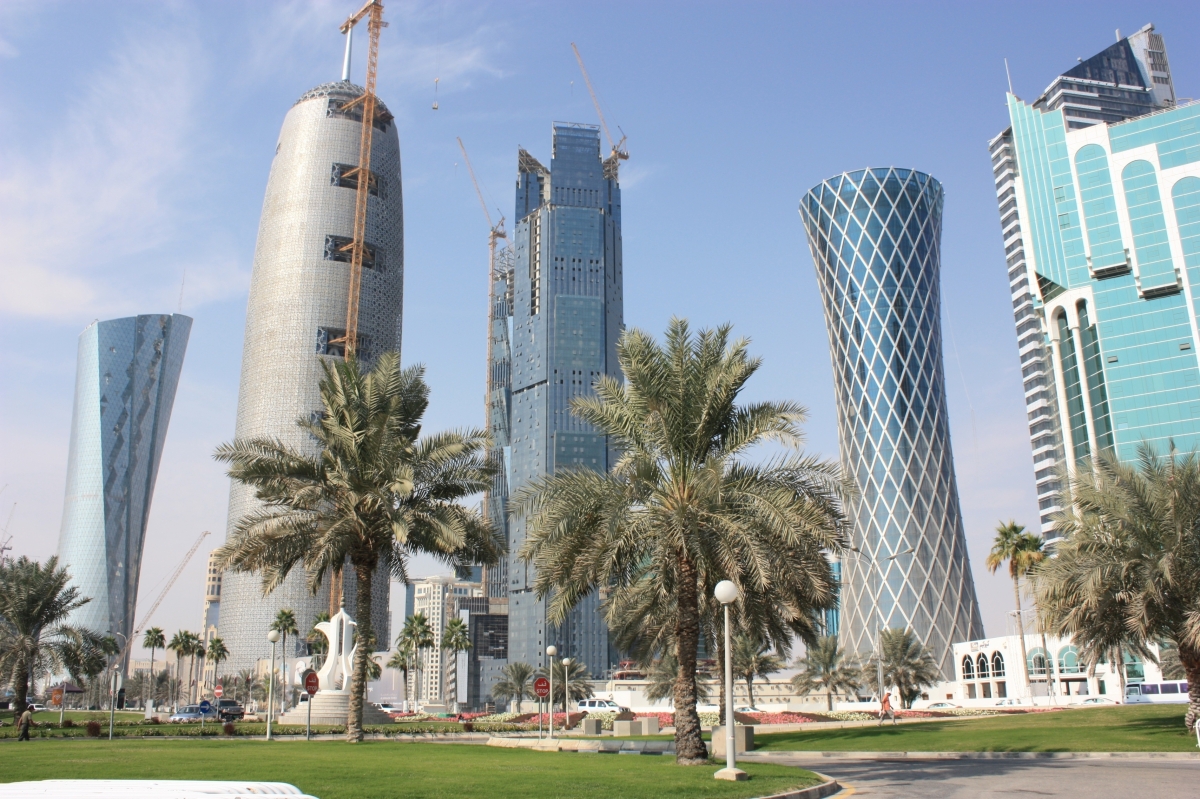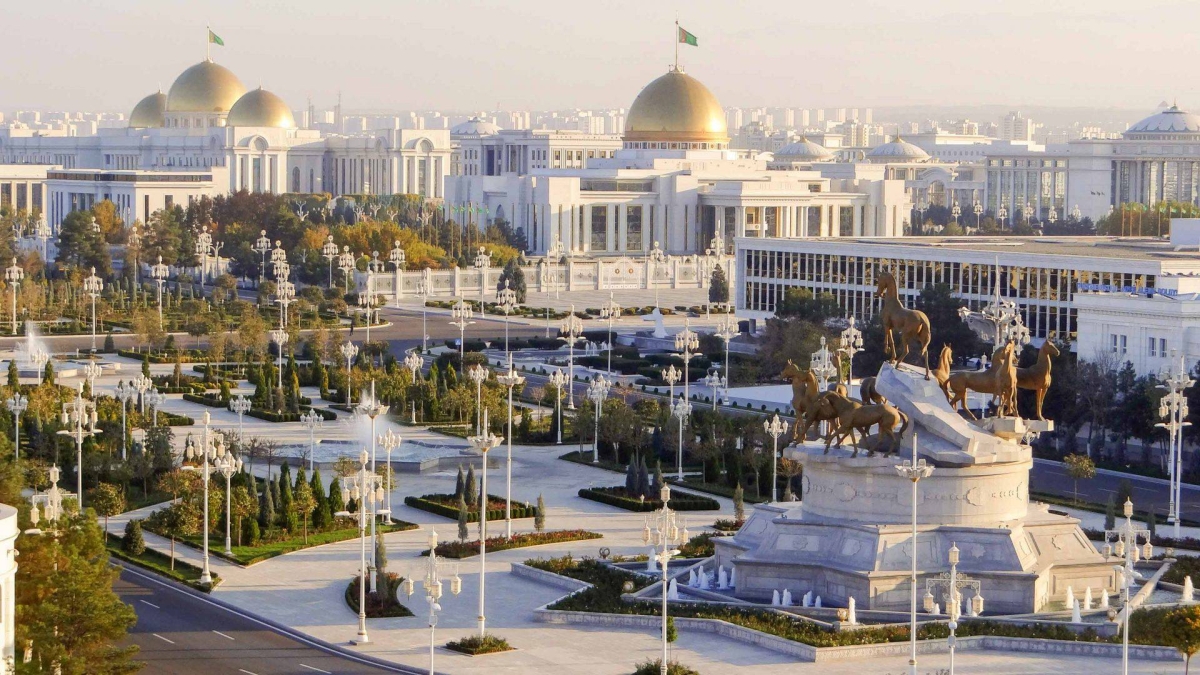Natural gas is a non-renewable fossil fuel that occurs spontaneously under the Earth’s surface. Natural gas is used to heat homes, cook food, and generate energy. Natural gas may also be utilised as a car fuel and in the production of polymers. While natural gas still contributes to climate change when used, it burns significantly cleaner than other fuels such as coal and oil—the two primary byproducts of natural gas oxidation are carbon dioxide and water vapour.
Natural gas is a heavily traded commodity that has become an important fuel in the global energy mix, which means that nations with big deposits have the chance to make national money from exports while also improving their own energy security.
It is mostly used for heating and power generation, and has increased in popularity in recent years as a cleaner-burning fossil fuel than coal and a less expensive alternative to oil.
Natural gas, according to the International Energy Agency (IEA), has responsible for about one-third of overall energy-demand increase over the last decade, more than any other fuel, and accounts for around 23% of global primary energy demand.
Natural gas is frequently discussed in the context of the low-carbon energy transition as a “transitional fuel” that can bridge the gap between more carbon-intensive fossil fuels – coal and oil – and renewable technologies that are gaining traction but have not yet been deployed at a scale that can meet overall energy demand.
Energy companies are exploring at combining gas-fired power facilities with carbon capture and storage (CCS) technology to reduce the emissions they emit when burnt.
1. Top Countries according to Natural Gas – Reserves
| 1 | Russia | 37.4 trillion | 19.9% |
| 2 | Iran | 32.1 trillion | 17.1% |
| 3 | Qatar | 24.7 trillion | 13.1% |
| 4 | Turkmenistan | 13.6 trillion | 7.2% |
| 5 | United States | 12.6 trillion | 6.7% |
1.1. 1. Russia – 38 Trillion m³

Russia possesses the world’s greatest natural gas reserves and exports more natural gas than any other country, with an expected 238 billion cubic metres of gas sent in 2020. In Russia, the usage of natural gas in automobiles is strongly encouraged. Companies provide aftermarket kits, and some cars are designed to run on natural gas. Gazprom, the state-owned natural gas provider, planned to create 500 fueling stations by the end of 2020.
According to the BP Statistical Review of World Energy 2020, Russia has the world’s greatest natural gas reserves, with a total proven resource of 38 tcm (1,341 trillion cubic feet).
This equates to around 19% of the world’s total reserves. Siberia contains the majority of Russia’s natural gas reserves, with the Yamburg, Urengoy, and Medvezh’ye fields being particularly prolific.
State-owned enterprise Gazprom controls over 71% of the country’s gas reserves and approximately 16% of the worldwide total.
1.2. 2. Iran – 32 Trillion m³

Iran has the second-largest natural gas reserves in the world. Iran is one of the world’s most hydrocarbon-rich regions, with over 145 hydrocarbon fields and 297 oil and gas reservoirs identified so far, with the potential for more. Iran is only using a small percentage of its gas reserves at the moment, making it one of the few countries capable of delivering significantly higher volumes of natural gas in the future.
With a total reserve of 32 tcm, Iran accounts for approximately 16% of the world’s share of natural gas resources (1,131 trillion cubic feet).
The exploitation of these large deposits, the most of which are offshore, has been hampered by international economic sanctions imposed on Iran, most notably by the United States in reaction to geopolitical tensions and Iran’s nuclear development programme.
Iran and neighbouring Qatar share ownership of the world’s biggest gasfield, South Pars/North Dome. The field is located in the Persian Gulf, offshore.
1.3. 3. Qatar – 24.7 Trillion m³

Qatar controls little more than 13% of the world’s total natural gas reserves. The offshore North Field has the majority of the country’s reserves. Qatar has begun drilling development in North Field in order to restore its position as the world’s top liquefied natural gas exporter, with intentions to increase output by 60%.
Qatar has confirmed natural gas reserves of 24.7 tcm (872 trillion cubic feet), accounting for little more than 12% of world reserves.
The majority of these reserves are in the offshore North Field, which is the world’s biggest single natural gas field and spans an area approximately the size of the nation itself.
Qatar is the world’s leading producer of liquefied natural gas (LNG), while Australia was the largest LNG exporter in 2019. Qatar Petroleum, a state-owned firm, controls the majority of the country’s natural gas activities.
1.4. 4. Turkmenistan – 19.5 Trillion m³

Turkmenistan, a Central Asian country, possesses the world’s fourth-largest natural gas reserves, totaling 19.5 trillion cubic metres (688 trillion cubic feet).
This equates to 9.8% of the total world resource.
The majority of Turkmenistan’s natural gas deposits are concentrated in huge fields in the Amu Darya basin in the southeast, the Murgab basin in the south, and the South Caspian basin in the west.
1.5. 5. United States – 12.9 Trillion m³

Natural gas deposits abound throughout the United States, with the highest concentrations in Texas, Oklahoma, and Louisiana. The United States is projected to have enough natural gas to last at least another 60 years or more. In addition to its domestic natural gas production, the United States imports natural gas through pipeline from Canada and Mexico.
With known resources of 12.9 tcm, the United States accounts for 6.5% of worldwide natural gas reserves (455 trillion cubic feet).
Over the last decade, production of the fuel has surged, owing to the shale fracturing revolution, which has also helped it become the world’s largest oil-producing nation. In 2019, the United States generated about a quarter of the world’s natural gas supply – approximately 921 BCM – more than any other country.
The vast majority of natural gas produced in the United States is generated onshore using horizontal drilling and hydraulic fracturing procedures. Texas and Pennsylvania are the country’s two most productive states.
2. Top 10 Countries with the Highest Natural Gas – Production
- United States – 914.60 Production (Billion m³)
- Russia – 638.50 Production (Billion m³)
- Iran – 250.80 Production (Billion m³)
- China – 194 Production (Billion m³)
- Qatar – 171.30 Production (Billion m³)
- Canada – 165.20 Production (Billion m³)
- Australia – 142.50 Production (Billion m³)
- Saudi Arabia – 112.10 Production (Billion m³)
- Norway – 111.50 Production (Billion m³)
- Algeria – 81.50 Production (Billion m³)
3. Top 10 Countries with the Highest Natural Gas – Consumption
- United States — 832 billion m³
- Russia — 411.1 billion m³
- China — 330.6 billion m³
- Iran — 233.1 billion m³
- Canada — 112.6 billion m³
- Saudi Arabia — 112.1 billion m³
- Japan — 104.4 billion m³
- Germany — 86.5 billion m³
- Mexico — 86.3 billion m³
- United Kingdom — 72.5 billion m³
4. Chemical Composition and Geological Distribution of Natural Gas
Natural gas is predominantly constituted of methane (70-90%) and a smaller fraction (0-20%) of ethane, propane, or butane, with trace quantities of carbon dioxide (0-8%), nitrogen (0-5%), hydrogen sulphide (0-5%), and helium, argon, neon, and/or xenon.
Natural gas is frequently categorised based on its location in the Earth’s interior. Natural gas is discovered in wide fissures and crevices between layers of overlaying rock.
Unconventional natural gas, on the other hand, is found in pores within shale, sandstone, or other types of sedimentary rock formations and is also known as shale gas or tight gas. Finally, related natural gas exists with crude oil resources. Coalbed methane is a kind of natural gas found in coal beds.
If you liked this article, then please do share it on the Social Media. If you have a question or suggestion? Then you may leave a comment below to start the discussion.


